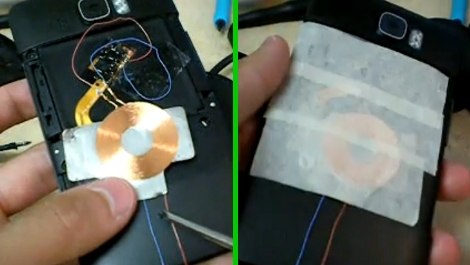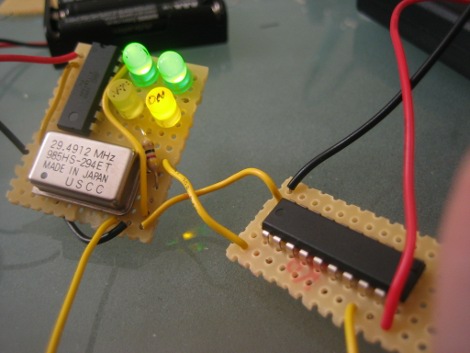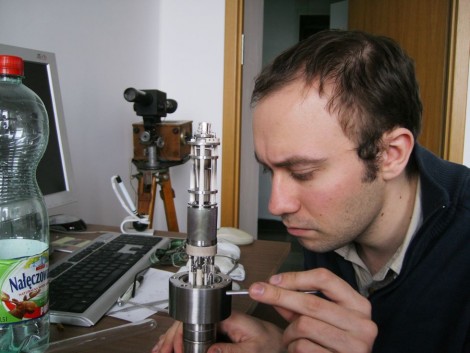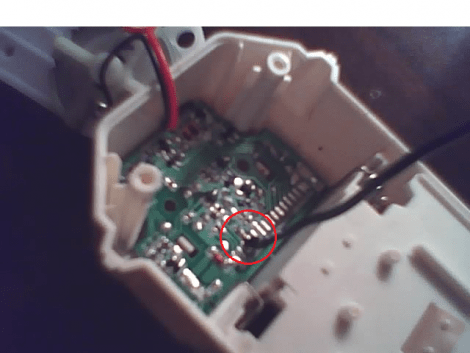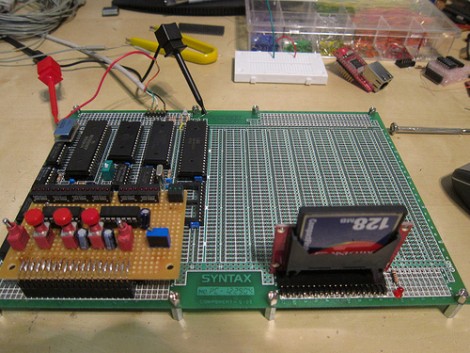[Derek Hughes] wanted to use inductive charging on his cellphone without voiding the warranty. He picked up a Pixi charging backplate meant for a Palm Pre and scavenged the coil and regulator circuitry from it. To make the electrical connection with his HTC HD2 he removed the mini-USB plug from a charging cable and connected it with 30 gauge wire. The whole package will fit beneath the back plate for use with a Touchstone charger (as we’ve seen with the HTC Evo) but there was one problem. The metal backplate from the HD2 interferes with the inductive charging. For now he’s using tape to hold everything together while searching for a plastic case replacement.
He walks you through the hack in the video after the break. We’re usually not worried about voiding warranties, but a phone like this takes a lot of abuse and having warranty protection or even a service agreement isn’t a bad idea. Continue reading “Inductive Cellphone Charging Without Voiding Warranty”

